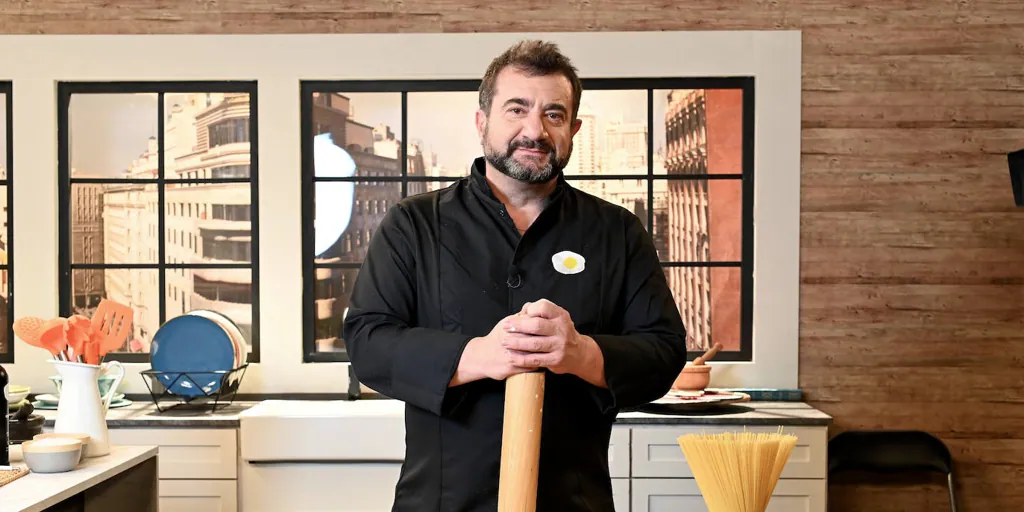Hamburg opens pop-up bike lane in HafenCity – up to 3.70 meters wide cycle lane Am Sandtorkai – Brooktorkai offers cyclists more safety and comfort
Up to 3.70 meters wide and a total of 1.85 kilometers long – Hamburg’s third pop-up bike lane was opened to bicycle traffic today. From now on, cyclists can travel comfortably between Sandtorkai and Brooktorkai on a separate lane with a width of 2.80 to 3.70 meters. The new pop-up bike lane in HafenCity increases the safety for cyclists at a point that is already heavily frequented by cyclists, where there was previously no bike traffic on the north side. It also improves the important connection axis between the city center and Altona and the south-east of Hamburg. After the already opened Am Schlump and Max-Brauer-Allee cycle lanes, it is the city’s third pop-up bike lane and will initially be set up as a temporary traffic test for one year and evaluated with regard to the effects on cycle and vehicle traffic.
Up to 3.70 meters wide cycle lane Am Sandtorkai
Anjes Tjarks, Senator for Transport and Mobility Transition: “There are already around 3,000 cyclists a day at the junction between Sandtorkai, Brooktorkai, St. Annen and Osakaallee. This corresponds to a share of the traffic volume of over a third – and that on one of the most beautiful cycling infrastructure on the north side, which still does not exist today Places in the city. With the new pop-up bike lane, we not only increase safety and comfort for cyclists significantly at comparatively low costs, but also create a good connection between the city center, HafenCity and the south-east of Hamburg – for commuters, bicycle delivery services, day trippers and Everyday cyclists alike. This year, the Alexandrastieg construction work in the direction of Rothenburgsort / Bergedorf and the construction of the Veddel cycle road will interlink it even more closely with the cycle path network. More cycle traffic means less noise and better air for the local people Pop-up bike lane on the mobility turnaround e, the environmental network and an improved quality of life. “
Kirsten Pfaue, coordinator for the mobility transition: “The northern section of Hafen City against the backdrop of the historic Speicherstadt is one of the most beautiful places in Hamburg. Many cyclists are already out and about between Niederbaumbrücke and Oberbaumbrücke every day – although the cycling infrastructure has so far been insufficient. With the new pop-up Bikelane is changing that. It offers enough space to move safely and comfortably between the city center, HafenCity and the east of Hamburg and at the same time creates a connection to the cycle path network towards the west of Hamburg. With the new cycle lane, we not only improve the situation for cyclists significantly, we do also separate the bicycle and pedestrian traffic between Baumall and Mahatma Gandhi Bridge and thus create more safety for all road users at a point that is also heavily used by pedestrians to reach the Elbphilharmonie and Dalmannkai. “
Until now, the cycle traffic route on Am Sandtorkai (south side) between the Wilhelminenbrücke and the Kehrwiedersteg has been interrupted. The bicycle traffic arrived from the Baumall on a cycle lane, which then ran out behind the Wilhelminenbrücke. Only from Kehrwiedersteg was there a cycle path that could be used again. In this area, cyclists were supposed to drive on the lane in mixed traffic, but not infrequently also used the sidewalk, which led to conflicts with pedestrians. With the new planning, this gap in the cycling route will be closed. The cycle path is clearly continued on a bus lane with clearance for cycle traffic, which leads to a separation and equalization of pedestrian and cyclist flows on the axis Baumall – Elbphilharmonie.
The Pop-Up-Bikelane Am Sandtorkai is the third of its kind in Hamburg. It will initially be built as a traffic test with a duration of one year. An evaluation running in parallel is intended to provide information about the effects on bicycle traffic and motor vehicle volumes, as well as any congestion. The pop-up bike lane creates a total of 1.85 kilometers of cycling lanes. The construction costs total around 182,000 euros.
In the direction of the Niederbaumbrücke bridge, a pop-up bike lane in the form of a cycle lane with yellow marking is applied to the outer (right) lane. In the area of the cobblestone pavement in front of the Niederbaum Bridge, marker nails are laid to separate bicycle and motor vehicle traffic. The pop-up bike lane is between 2.80 and 3.73 meters wide. At the Brooktorkai / Shanghaiallee junction, one of the two left-turn lanes into Shanghaiallee is allocated to bicycle traffic.
In the direction of the Oberbaumbrücke, an approx.3.30 meter wide, 250 meter long bus lane will be implemented, including for the autonomously driving HEAT minibus, with clearance for bicycle traffic. Cycle traffic can switch to the existing cycle path in the adjacent area via the existing routing or continue on the road with mixed traffic.
A traffic count at the Am Sandtorkai / Brooktorkai / Bei St. Annen / Osakaallee junction last August showed around 3,000 cyclists and around 10,000 motorized vehicles. This corresponds to a bicycle traffic share of the total traffic of around 33 percent at the said point in time.
Parking spaces and loading zones will not be changed by the pop-up bike lane, nor will there be any changes to the HVV stops or city tours.
The first pop-up bike lane was set up in September at Beim Schlump, the second in November on Max-Brauer-Allee in Altona. In its coalition agreement, the Red-Green Senate had already expressly spoken out in favor of the construction of temporary bicycle routes in the city. These can be set up comparatively with little expenditure of time and money along important roads with more space and safety for bicycle traffic.
–


